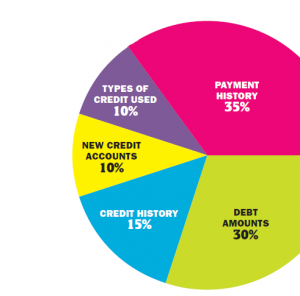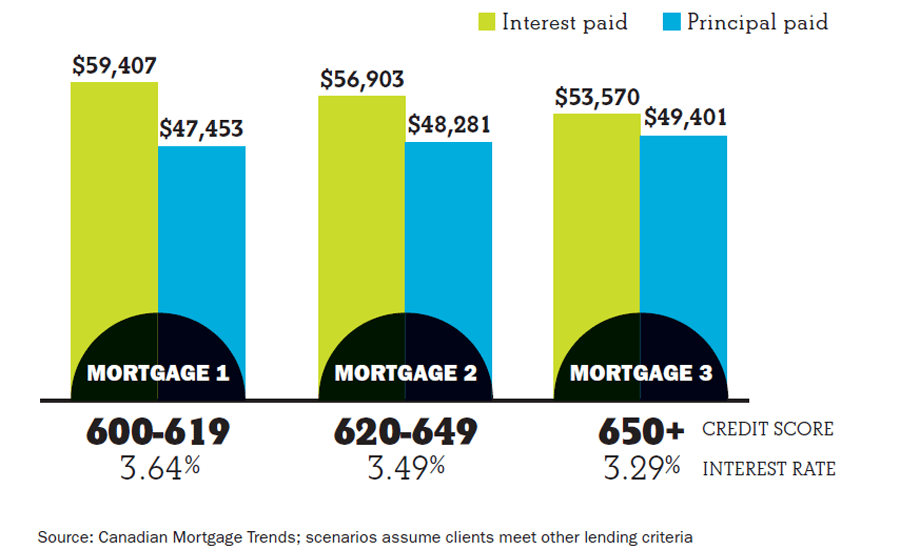How your credit score works
What's measured, how to read it and what it will cost you.
Advertisement
What's measured, how to read it and what it will cost you.
 The FICO score, the basis for most credit scores, consists of five major categories based on data in your credit report. The percentages in the chart reflect how important each of the categories is in determining how your FICO score is calculated. The biggest factors are how much debt you have, whether you’ve paid your bills on time and how long your credit history is. You may also be penalized if you don’t have a good mix of types of credit and if you’ve opened too many new accounts recently.
The FICO score, the basis for most credit scores, consists of five major categories based on data in your credit report. The percentages in the chart reflect how important each of the categories is in determining how your FICO score is calculated. The biggest factors are how much debt you have, whether you’ve paid your bills on time and how long your credit history is. You may also be penalized if you don’t have a good mix of types of credit and if you’ve opened too many new accounts recently.
 Your credit score rates creditworthiness out of a possible 900 points, and compares your credit standing to that of other Canadians. Lenders generally consider you a good credit risk if your score falls between 660 and 724. Anything below 560 is poor.
Your credit score rates creditworthiness out of a possible 900 points, and compares your credit standing to that of other Canadians. Lenders generally consider you a good credit risk if your score falls between 660 and 724. Anything below 560 is poor.

Share this article Share on Facebook Share on Twitter Share on Linkedin Share on Reddit Share on Email